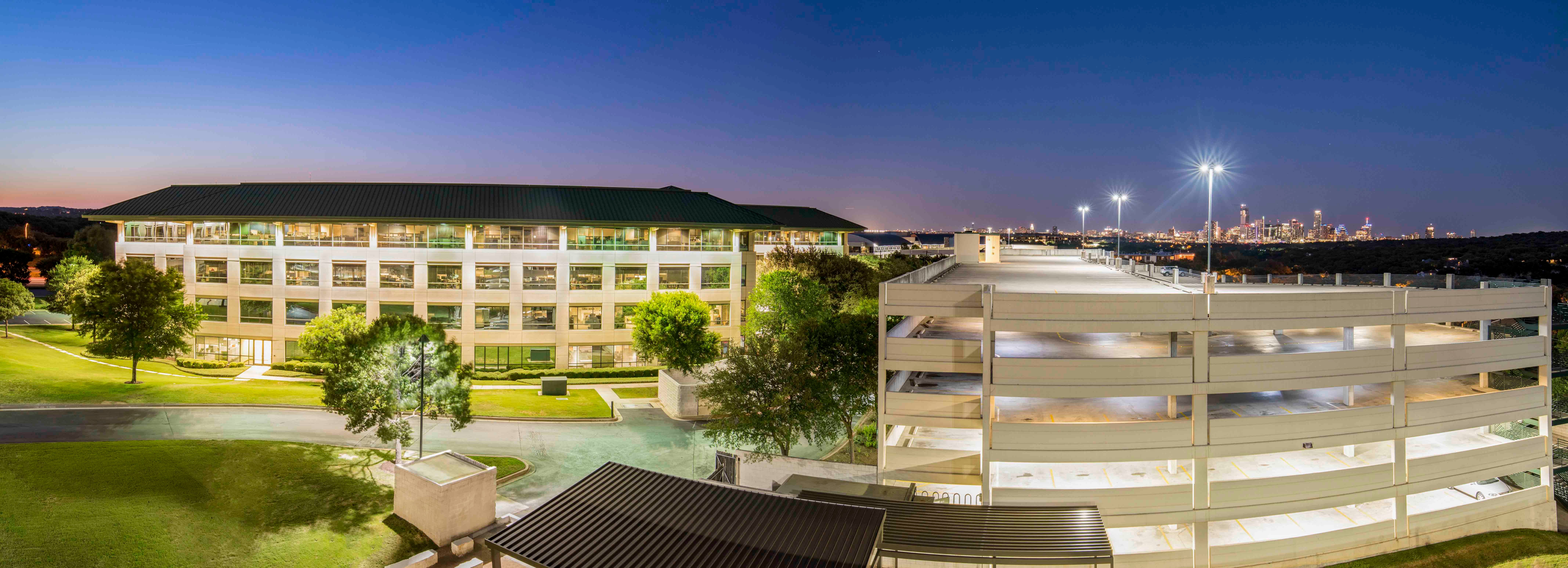 Lower cost of living and higher quality of life are the main reasons for corporate relocations and expansions.
Lower cost of living and higher quality of life are the main reasons for corporate relocations and expansions.
AUSTIN, TX—Corporations cite lower cost of living and employee quality of life as the main reasons for locating and expanding in Austin. In response, unemployment figures remain below the national average here. In addition, there is continuing diversification of the industry landscape with growth in sports and entertainment, defense, technology, and healthcare.
Austin's tech boom is evident with Amazon's recent announcement that it is expanding its Austin Tech Hub and plans to create 800 new jobs in fields including software and hardware engineering, research science, and cloud computing. Amazon will expand into a new 145,000-square-foot office in The Domain, opening in 2020.
And, the booming healthcare system is reinforced by the recent opening of the $310 million Dell Seton Medical Center, the 211-bed primary teaching hospital for Dell Medical School at the University of Texas at Austin. This hospital is expected to bring 15,000 new jobs and $2 billion annually to the local economy. Also, Baylor Scott & White Health is soon to break ground on a new $35 million hospital in Buda, TX, announced earlier this year.
“From a national perspective, Austin remains among the most cost-effective places for businesses,” Russell Young, JLL managing director tells GlobeSt.com. “Our lower cost of living, quality of life, diverse economic make up and the state's pro-business fundamentals have allowed Austin to remain the benefactor of significant job gains year over year, keeping Austin on the short list for national and global companies looking to expand or relocate.”
Austin has shown its first office vacancy decline since the end of 2017, according to a first quarter report by JLL. Overall vacancy has increased from the end of 2017 through 2018 due to the difference in building delivery timing and tenant occupancy. The decrease in vacancy is indicative of tenants occupying space that delivered in the past year.
Vacancy is expected to decrease further as larger-scale deliveries from 2018 become occupied in future quarters. Strong construction activity and declining vacancy rates will continue to put upward pressure on average asking rates across the MSA.
Austin's inventory increased 1% to just below 55 million square feet due to new deliveries across the MSA, according to the report. Overall vacancy rates decreased from 12.1% in fourth quarter 2018 to 11.9% in first quarter 2019. And, Austin's overall average asking rent is $45.22, up 17% from $38.65 in first quarter 2018.
An additional 510,430 square feet of office space delivered in first quarter 2019, namely 901 E 6th (129,444 square feet), 1801 E 6th (135,000 square feet), Parmer 3.3 (204,400 square feet) and Creekside (41,586 square feet), bringing the total inventory to nearly 55 million square feet. Of the square footage delivered this quarter, 86% is currently preleased. And, another 4.5 million square feet of space remains under construction, of which approximately 62% is preleased.
“The appetite for new office product in Austin remains strong,” Young tells GlobeSt.com. “We're currently tracking 4.5 million square feet of new office product under construction. Vacancy saw its first decline in over a year, driven primarily by tenants moving into newly delivered properties. With the amount of construction underway and vacancy rates expected to go even lower, we anticipate an increase in asking rents across the metro.”
For the first time since 2007, the US yield curve inverted. An inverted yield curve has been used as a predictor of an economic recession, with a recession typically occurring a year later. Despite the inverted yield curve, economists predict that Austin will remain strong through late 2020 and early 2021. This will result in growth of office market inventory and leasing activity, says JLL.
© 2025 ALM Global, LLC, All Rights Reserved. Request academic re-use from www.copyright.com. All other uses, submit a request to [email protected]. For more information visit Asset & Logo Licensing.








